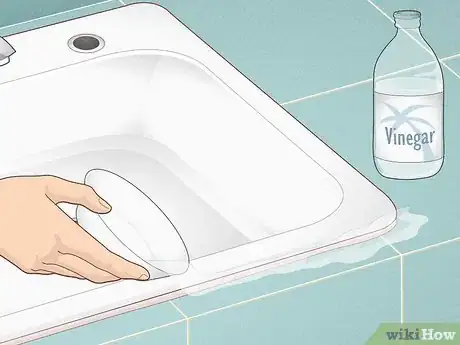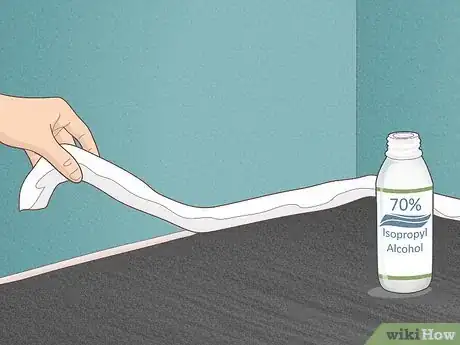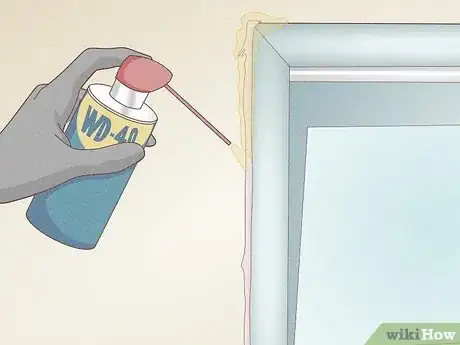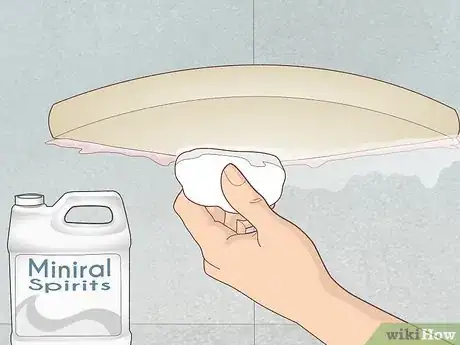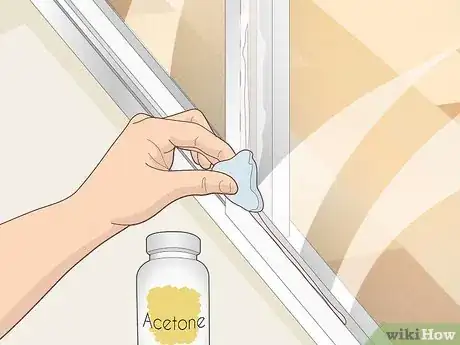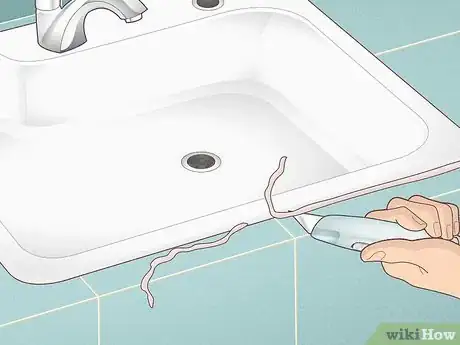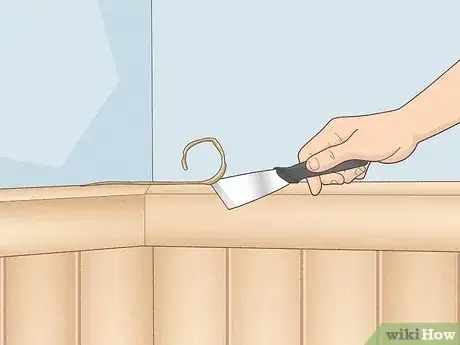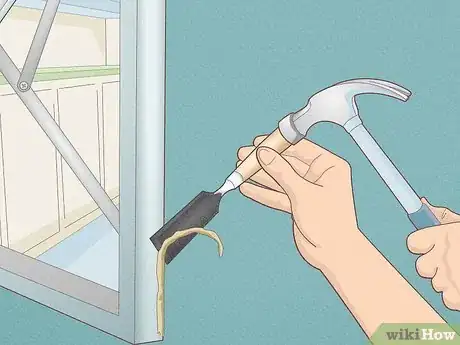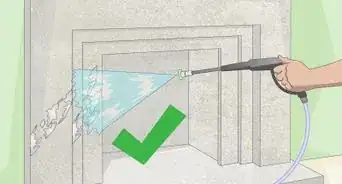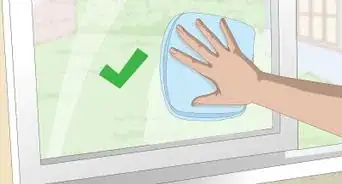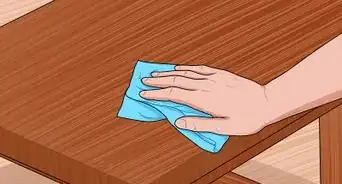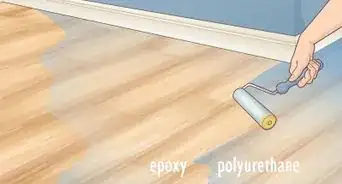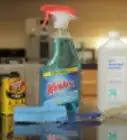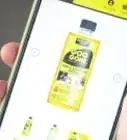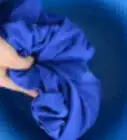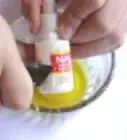This article was co-authored by Eric Shipe and by wikiHow staff writer, Madeleine Criglow. Eric Shipe is a Kitchen and Bath Designer and the Owner of Bath + Kitchen based in Washington DC. Eric and his team specialize in cabinetry, design, and remodels. They serve homeowners, interior designers, architects, and contractors with a refined process, creative ideas, 4K photo-realistic renderings, and 360 Panoramic views. Bath + Kitchen was featured in Best of Houzz 2017-2020. Eric holds a BA in Economics and Business Administration from Ursinus College.
There are 8 references cited in this article, which can be found at the bottom of the page.
This article has been viewed 22,934 times.
If you're trying to remove stubborn caulk residue, you're likely looking for a quick and easy fix to remove it. Thankfully, there are a ton of different ways to remove caulk residue that only take a few minutes to get the job done. This article has some tips on what products you can use as well as which ones are best for specific surfaces. Read on to say goodbye to old caulk residue for good!
Steps
Expert Q&A
-
QuestionHow can I remove caulk without using chemicals?
 Eric ShipeEric Shipe is a Kitchen and Bath Designer and the Owner of Bath + Kitchen based in Washington DC. Eric and his team specialize in cabinetry, design, and remodels. They serve homeowners, interior designers, architects, and contractors with a refined process, creative ideas, 4K photo-realistic renderings, and 360 Panoramic views. Bath + Kitchen was featured in Best of Houzz 2017-2020. Eric holds a BA in Economics and Business Administration from Ursinus College.
Eric ShipeEric Shipe is a Kitchen and Bath Designer and the Owner of Bath + Kitchen based in Washington DC. Eric and his team specialize in cabinetry, design, and remodels. They serve homeowners, interior designers, architects, and contractors with a refined process, creative ideas, 4K photo-realistic renderings, and 360 Panoramic views. Bath + Kitchen was featured in Best of Houzz 2017-2020. Eric holds a BA in Economics and Business Administration from Ursinus College.
Home Improvement Specialist One of the best ways you can get rid of caulk is with a utility knife or a caulk removal tool.
One of the best ways you can get rid of caulk is with a utility knife or a caulk removal tool.
References
- ↑ https://upgradedhome.com/what-can-be-used-to-dissolve-silicone-caulking/
- ↑ https://startwoodworkingnow.com/how-to-remove-caulk-from-wood/
- ↑ https://upgradedhome.com/what-can-be-used-to-dissolve-silicone-caulking/
- ↑ https://upgradedhome.com/what-can-be-used-to-dissolve-silicone-caulking/
- ↑ https://www.epa.gov/pcbs/summary-tools-and-methods-caulk-removal
- ↑ https://upgradedhome.com/does-wd-40-remove-silicone-sealant/
- ↑ https://upgradedhome.com/what-can-be-used-to-dissolve-silicone-caulking/
- ↑ https://www.thisoldhouse.com/bathrooms/21016460/how-to-caulk-a-bathtub
- ↑ https://startwoodworkingnow.com/how-to-remove-caulk-from-wood/
- ↑ https://startwoodworkingnow.com/how-to-remove-caulk-from-wood/
- ↑ https://youtu.be/8udYLsG2wzg?t=14
- ↑ https://startwoodworkingnow.com/how-to-remove-caulk-from-wood/
- ↑ Eric Shipe. Home Improvement Specialist. Expert Interview. 11 June 2021.
- ↑ https://www.epa.gov/pcbs/summary-tools-and-methods-caulk-removal
- ↑ https://startwoodworkingnow.com/how-to-remove-caulk-from-wood/
- ↑ Emily Fazio. Home Improvement & DIY Specialist. Expert Interview. 27 July 2021.
- ↑ https://startwoodworkingnow.com/how-to-remove-caulk-from-wood/
- ↑ Eric Shipe. Home Improvement Specialist. Expert Interview. 11 June 2021.
- ↑ https://www.epa.gov/pcbs/summary-tools-and-methods-caulk-removal
- ↑ https://www.epa.gov/pcbs/summary-tools-and-methods-caulk-removal
- ↑ https://startwoodworkingnow.com/how-to-remove-caulk-from-wood/
